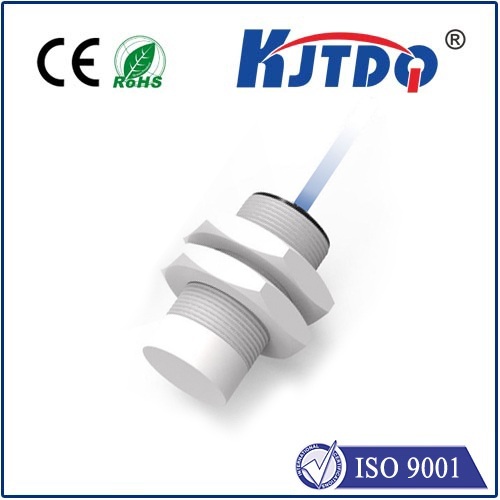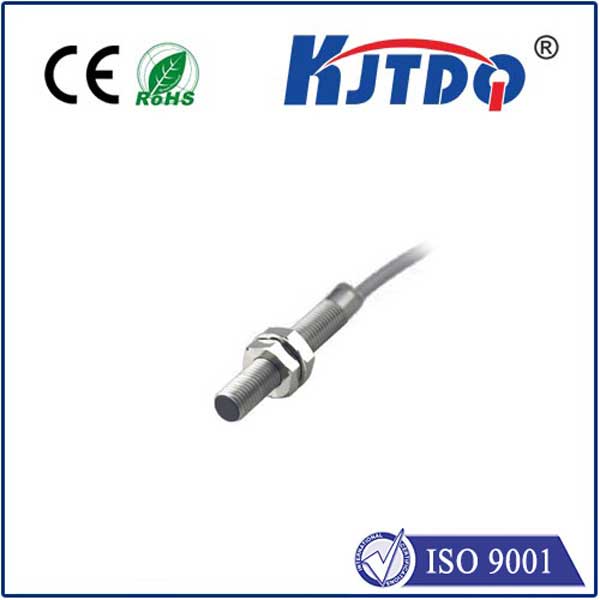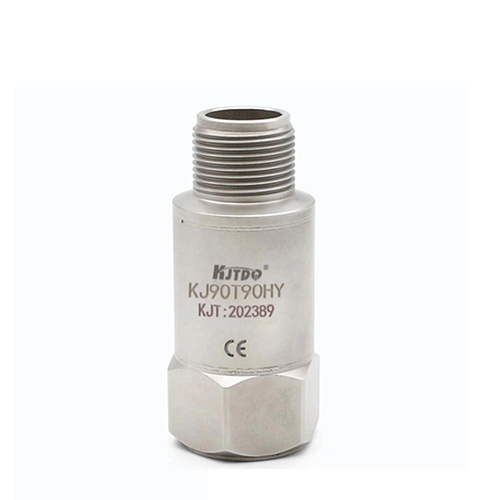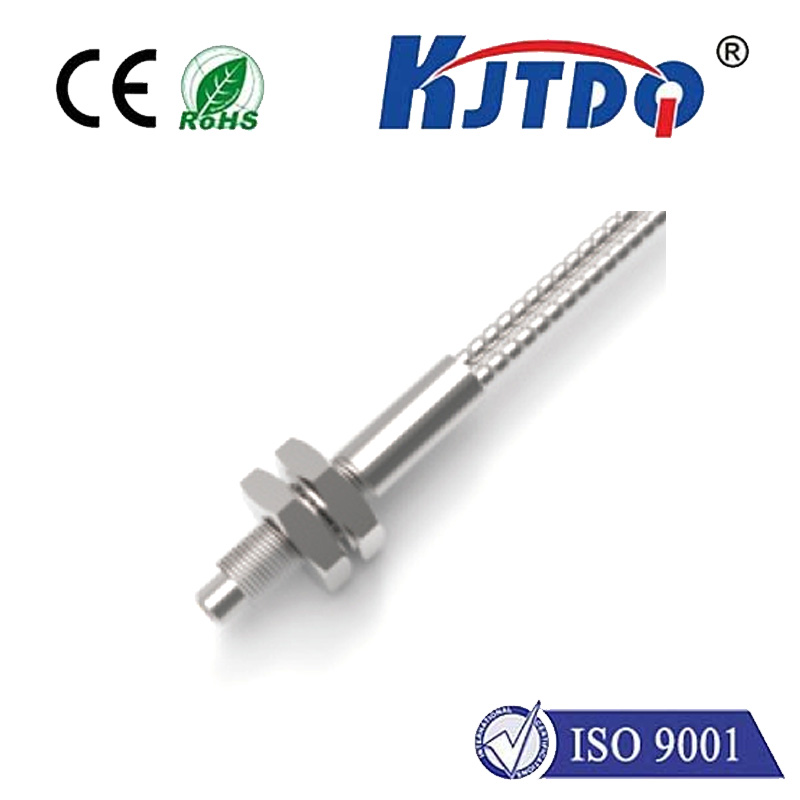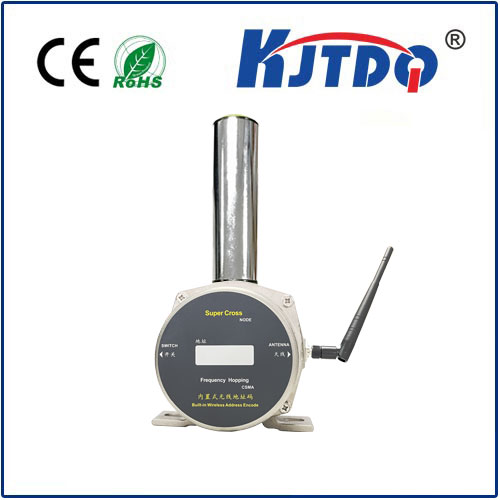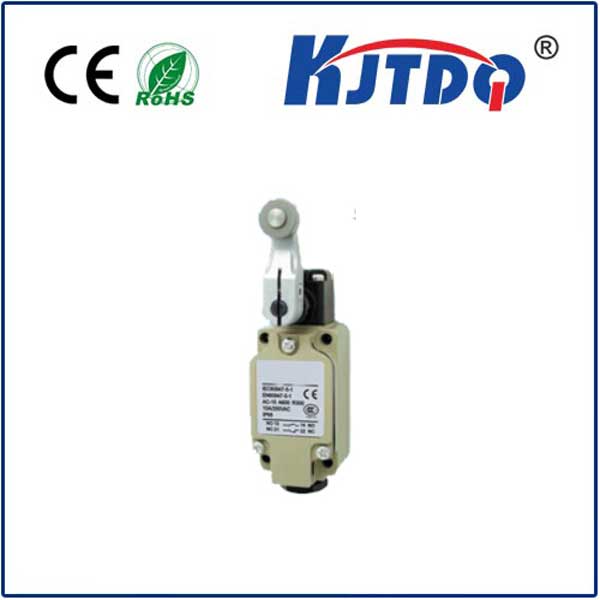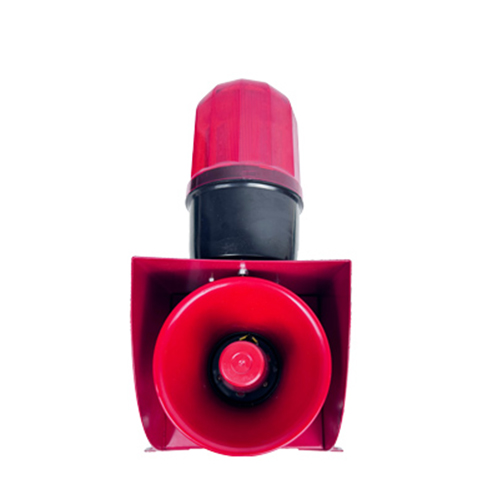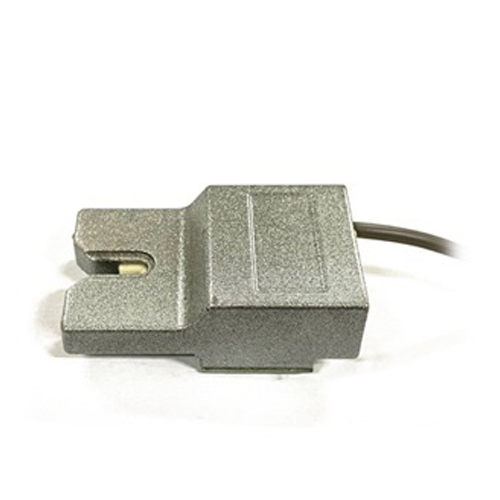E3Z-LL81-M1J 0.3M background suppression sensor
- time:2025-09-26 04:41:20
- Click:0
Demystifying the E3Z-LL81-M1J: Your Solution for Precise 0.3M Background Suppression Sensing
Imagine a critical point on your production line: where clear plastic bottles need precise detection before labeling, or where components must be reliably counted against a potentially cluttered backdrop. Standard sensors falter, mistaking background objects for targets or vice-versa. This is the daily struggle overcome by specialized background suppression (BGS) technology, and specifically by workhorses like the E3Z-LL81-M1J 0.3M photoelectric sensor. This compact device isn’t just another sensor; it’s a precision tool engineered for challenging detections within a 300mm range. Let’s explore what makes it indispensable.
Understanding Background Suppression: The Core Advantage
Unlike simpler sensors, background suppression photoelectric sensors possess a unique intelligence. They don’t just see reflected light; they discriminate based on distance. Here’s how it works:
- Dual Receiver Principle: The sensor emits a focused beam of light (usually visible red LED, as in the E3Z-LL81-M1J). Crucially, it has two distinct light-receiving elements positioned at slightly different angles.
- Triangulation: When the light beam hits an object, it reflects back to the sensor. The position where this reflected light hits the sensor’s receiver array depends on the distance to the object.
- Distance Analysis: The sensor’s internal circuitry continuously compares the light intensity detected by the near and far receiving elements. It calculates the precise distance to the reflecting surface, not just the presence or absence of light.
- Intelligent Switching: A user-defined sensing distance threshold is set (often via a potentiometer on the sensor). The sensor triggers its output only when an object is detected within this set distance range, effectively ignoring any reflections coming from surfaces further away (the background).
This elegant principle allows the E3Z-LL81-M1J to solve problems where diffuse-reflective sensors (which detect any object within range, including backgrounds) and retro-reflective sensors (which require a reflector opposite) fall short. Its power lies in stable detection regardless of the target’s color, surface finish, or reflectivity, focusing solely on its position relative to the set point.

Decoding the E3Z-LL81-M1J 0.3M: Features Tailored for Performance
The model number provides a blueprint of its capabilities:
- E3Z: Indicates the series, typically Omron’s standard through-beam/photoelectric sensor series.
- LL: Specifies the sensing method – Long-Distance type and Background Suppression (BGS) function.
- 81: Denotes the form factor and specific optical head design (compact rectangular shape, fixed cable).
- M: Indicates the sensing distance. ’M’ stands for Medium range; 0.3M equates to a maximum sensing distance of 0.3 meters (300mm). This is a highly versatile range for many industrial automation tasks.
- 1: Represents the light source type. ‘1’ signifies a Red LED.
- J: Defines the output configuration. ‘J’ typically indicates an NPN output transistor (sinking output).
Key Operational Features:
- 0.3m Maximum Range: Offers substantial reach for positioning, counting, and detection tasks on equipment like conveyors, handlers, or assembly cells.
- Visible Red LED Beam: Significantly simplifies setup, alignment, and troubleshooting. Operators can visually confirm the beam’s path and detection point.
- NPN Output (Sinking): Compatible with a vast array of PLCs and control systems prevalent in industrial environments.
- Sensitivity Adjustment: Features a potentiometer allowing fine-tuning of the exact sensing distance threshold within its 300mm range. This is critical for dialing in detection at the precise location needed.
- Environmentally Robust: Designed for tough industrial settings, featuring IP67 ratings for protection against dust and water jets, ensuring reliability in diverse conditions.
- Compact Size: Its small form factor enables easy integration into space-constrained machinery.
Why Choose BGS? The Compelling Applications of the E3Z-LL81-M1J
Stable detection of non-ideal objects is the domain of background suppression sensors. The E3Z-LL81-M1J excels where others struggle, particularly within its 300mm range. Key applications include:
- Detecting Transparent/Translucent Objects: On bottle lines, reliably detecting clear glass or PET bottles is paramount. BGS ignores the background (conveyor, guard) and triggers only when the bottle interrupts the beam at the set distance. Food & Beverage lines rely heavily on this.
- Ignoring Conveyor Backgrounds: Detecting dark parts on a black conveyor? Or avoiding false triggers caused by belt rollers or underlying structures? BGS sets the threshold accurately to detect the object height above the belt.
- Object Height Discrimination: In packaging, verifying box presence and height, or sorting items onto different lanes based on height above a moving belt.
- Detecting Against Cluttered Backdrops: Positioning PCBs within manufacturing jigs, even with wiring or structural elements behind it. Using BGS ensures detection occurs precisely at the tooling position, ignoring anything further away. Essential in Electronics Assembly.
- Discriminating Objects by Position/Height: On a multi-level conveyor system or within complex machines, triggering based on the specific tier or layer an object passes through.
- Ignoring Shiny Backgrounds: Detecting labels, caps, or components near reflective surfaces (stainless steel, mirrors, foil packaging) where standard diffuse sensors would be blinded.
- Differentiating Colors (by Distance): Applications where objects of different heights need separation, effectively acting as a height or position-based sorter. Logistics and warehousing applications often leverage this.
Implementing the E3Z-LL81-M1J Effectively
Maximizing the potential of this sensor involves understanding its nuances:
- Precise Alignment: While visible beam aids setup, optimal performance requires careful alignment of the sensor relative to the target path. Brackets can be very helpful.
- Proper Sensitivity Setting: Use the potentiometer. Adjust it while presenting the target object at the exact desired detection point. Set the threshold just beyond the distance to any background objects to avoid false triggers. Many models include a stability indicator (like a green LED) to show when the threshold is correctly set.
- Consider the Target: While BGS is excellent for varied surfaces, extremely matt black or retroreflective surfaces at the set distance can still pose minor challenges. Testing with actual targets is recommended.
- Environmental Factors: Although rugged, excessive ambient light directed into the receiver can potentially interfere. Ensure the sensor head isn’t facing a glaring light source. Its IP67 rating protects against dust and liquids, but physical impacts should be avoided.
The Precision Edge in a Compact Package
The E3Z-LL81-M1J 0.3M background suppression sensor stands out as an








